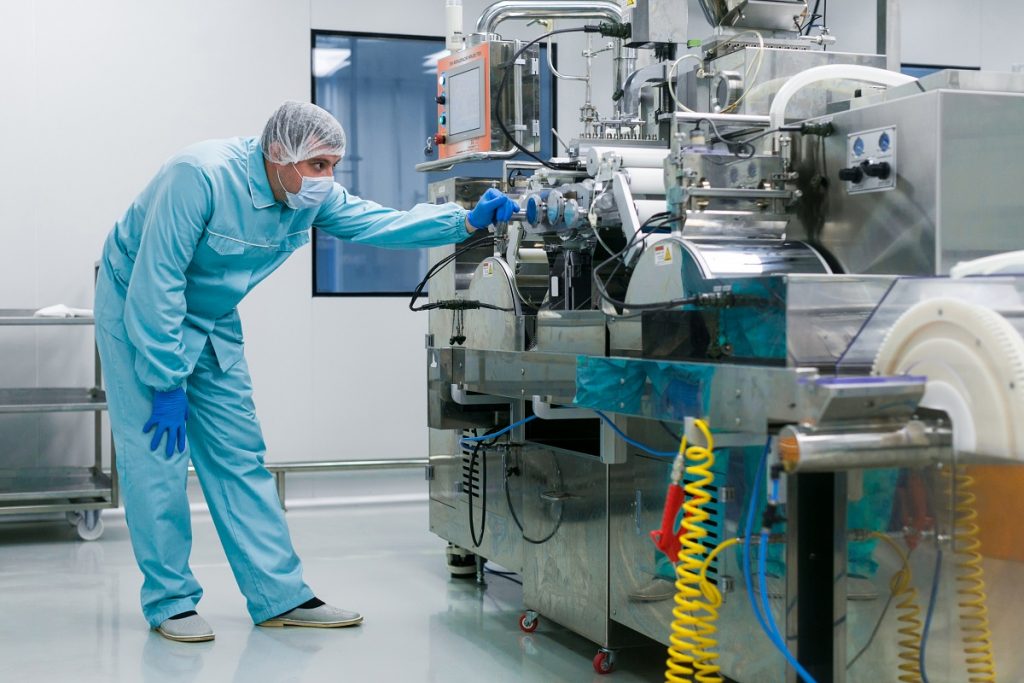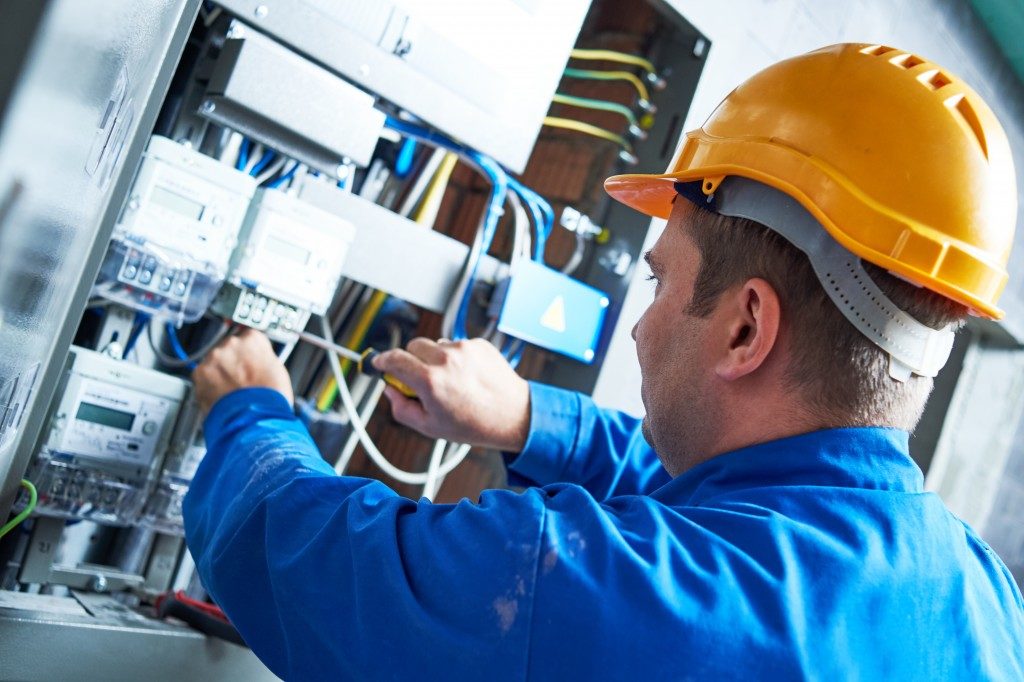- A medical laboratory is a facility where medical professionals conduct tests to diagnose and treat illnesses and diseases.
- Designing and planning a medical laboratory requires careful consideration of factors such as space and workflow.
- Cleanroom design and construction services can provide valuable expertise in creating sterile environments.
- Outfitting the laboratory requires purchasing lab benches, fume hoods, safety equipment, and refrigeration units.
- Hiring and training staff is critical in ensuring the laboratory operates efficiently.
The medical field is a constantly evolving and expanding industry, and laboratories are essential to this sector. Medical laboratories perform various tests and diagnostics to help identify and treat illnesses and diseases.
If you’re considering building a medical laboratory, you’ll need to know the necessary steps to build and equip a laboratory that meets industry standards. This guide explores the various components of building a medical laboratory, from planning and designing to outfitting and operating.
What is a Medical Laboratory?
A whole other world is behind the scenes that play an essential role in providing quality medical care. That world is the medical laboratory. A medical laboratory is a facility where medical professionals conduct various tests on bodily fluids and tissues to diagnose and treat diseases.
These tests, including blood tests, urine tests, or tumor biopsies, provide crucial information that doctors use to make informed decisions about patient care. Medical laboratories are staffed by highly trained medical professionals, including medical technologists and pathologists, who work tirelessly to ensure accurate and timely test results are delivered to patients and their healthcare providers.
Why Start a Medical Laboratory?

Running a medical laboratory can be an advantageous business venture. With the right resources and expertise, you can provide essential services to your community and help make healthcare more accessible for everyone. And with the increasing demand for medical testing, there has never been a better time to start a medical laboratory.
What are the Steps to Follow?
There are several steps involved in setting up a medical laboratory. Here’s a brief overview of the process:
Plan and Design Your Laboratory
Designing and planning a medical laboratory requires careful consideration of various factors such as space, workflow, equipment, and safety regulations. Ensuring that the laboratory is conducive to efficient operations while adhering to safety protocols can be challenging.
To help make this process seamless, cleanroom design and construction services can significantly assist. These services cater specifically to the unique needs of medical laboratories, providing valuable expertise in creating sterile environments that comply with government regulations. With the help of cleanroom design and construction services, creating a medical laboratory that effortlessly balances functionality and safety can become a reality.
Outfit Your Laboratory
Once you have your business plan and lab design, it’s time to start outfitting your laboratory with the necessary equipment. This includes lab benches, fume hoods, safety equipment, refrigeration units, and other equipment specific to your laboratory’s requirements.
Choosing reliable equipment that meets industry standards and is suitable for your lab’s needs is important. You’ll also need to ensure that your lab meets all the necessary safety standards, such as proper ventilation and emergency shut-off systems.
Hire and Train Staff

Now that your lab is built and equipped, hiring and training staff is time. This is a critical step in ensuring your laboratory operates efficiently and delivers exceptional service. You’ll need to hire experienced and qualified medical technologists and laboratory technicians familiar with your lab’s equipment and procedures. Once you’ve hired your staff, providing them with ongoing training is crucial to keep their skills up-to-date with the latest medical trends and techniques.
Establish an Information Management System
With all the components of your lab in place, you’ll need a way to manage your data effectively. This is where an information management system comes in. An information management system helps to track, collect and store patient data, test results, and other laboratory information. The design should be user-friendly, HIPAA-compliant, and secure.
Obtain Required Certifications and Accreditations
Before you can begin operating your lab, you must obtain the necessary certifications and accreditations. This includes CLIA, CAP, and other state and federal regulatory requirements. Certification or accreditation ensures that your laboratory adheres to strict quality standards, follows best practices, and delivers accurate test results for patient care.
The Bottom Line
Building and operating a medical laboratory can be a complex and challenging undertaking. It requires careful planning, attention to detail, and a solid commitment to compliance and safety. However, with the right team, equipment, and information management system, you can build a successful and thriving laboratory that provides exceptional patient care. Use this comprehensive guide to help you navigate the process of building your medical laboratory.




